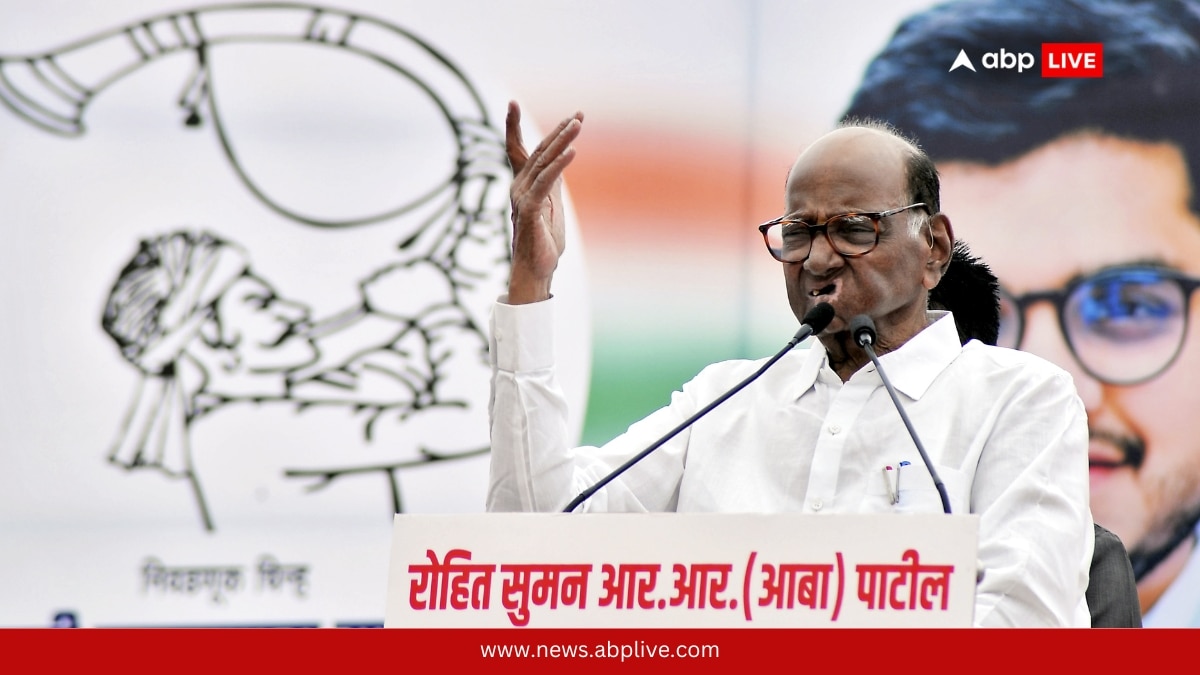
Retirement should be a time of comfort and enjoyment after decades of contribution to the workforce. Yet financial uncertainty and anxiety overshadows this phase of life for nearly half of working Americans who lack access to a workplace-sponsored retirement plan. The absence of accessible retirement options hits small business and service roles particularly hard, leaving millions vulnerable.
The retirement access gap has long existed in our financial system, but up until the last 10 years, we believe there’s been a lack of action from both the private and public sectors. It’s become clear that to drive real progress, we need a balanced approach that combines both federal intervention and private market innovation to ensure equitable access to retirement savings for all workers. Legislation that fueled market innovation At the federal level, addressing the retirement savings gap has generally received consistent bipartisan support .
This momentum culminated in 2022 when Congress established a new type of retirement plan—the Starter 401(k)—as part of the SECURE 2.0 Act legislation to improve small business’s access to retirement benefits. A Starter 401(k) is a simplified retirement plan employers sponsor, which has lower saving limits compared to a standard 401(k).
Cost and ease of administration, two common barriers faced by business owners looking to offer a 401(k), are addressed in the Starter 401(k). It’s estimated that 19 million additional workers will gain access to a workplace retirement plan just through the Starter 401(k) alone. | Guideline was first to market with a Starter plan a year ago.
While it’s still early days, we’re seeing thousands of businesses already leveraging this low-cost plan to offer their employees the ability to save for retirement for the first time. The early adoption suggests that SECURE 2.0 is already having the intended impact.
The Starter 401(k) is leveling the playing field Small businesses have historically been at a disadvantage when it comes to offering their employees a retirement plan because of cost and complex administration. That’s why so many of them often forgo offering retirement benefits altogether, which is why we started Guideline in the first place. Starter 401(k) plans help level the playing field for small businesses that can’t manage the administrative complexities and heavier price tag of a standard 401(k), but still want to give workers an opportunity to save for retirement.
And as more and more states mandate an employer-sponsored retirement plan for businesses of a certain size, Starter plans can be a great private market alternative to the state-sponsored options, though some may not have direct payroll integrations and could be clunkier to use. According to a recent internal survey of employers offering a Starter plan, 82% said the Starter 401(k) is the only plan offered that fits their needs. Hourly workers are enrolling Already, the Starter 401(k) is emerging as the clear frontrunner for giving lower-income workers access to retirement savings.
According to our plan data, 67% of Starter plan participants are paid hourly, with an average annual salary of around $66,000. This is compared with 41% of standard 401(k) participants being paid hourly, with an average annual salary of around $97,000. Median household income in the U.
S. was $80,610 in 2023. More broadly, our research shows that employees still greatly value traditional benefits, like 401(k)s.
Notably, 65% of employees offered a Starter 401(k) through our platform participate in the plan. The high participation rate we’re seeing among Starter plan participants could signal that this cohort of workers actually wants retirement benefits, despite how few have historically been given the opportunity. We believe the Starter 401(k) is proving to be a prime example of when the federal government and private sector can collaboratively reduce retirement inequality.
SECURE 2.0 provided the necessary legislation for a more effective retirement option, enabling the private market to innovate and swiftly deliver a solution that addresses the growing retirement access gap. Public and private sectors contributions come together The Starter 401(k) represents a big shift in who is eligible to contribute toward retirement savings, potentially leading to greater financial security for many Americans—especially those in small businesses or part-time positions—as they approach retirement.
The initial adoption provides a window into how future retirement solutions might be addressed with a balanced approach. Ultimately, a combination of both private market innovation and public sector oversight offers the most comprehensive approach to closing the retirement access gap. Kevin Busque is CEO of Guideline.
The application deadline for Fast Company’s World Changing Ideas Awards is Friday, December 6, at 11:59 p.m. PT.
Apply today..














